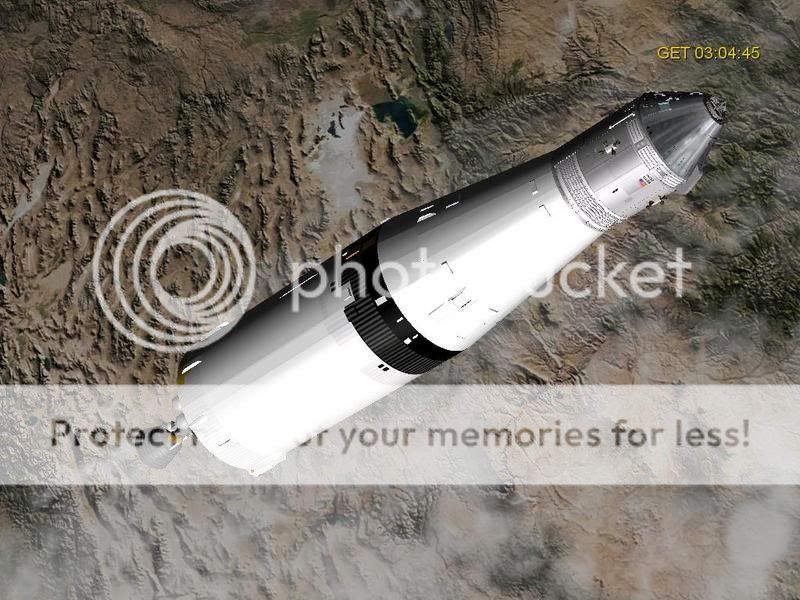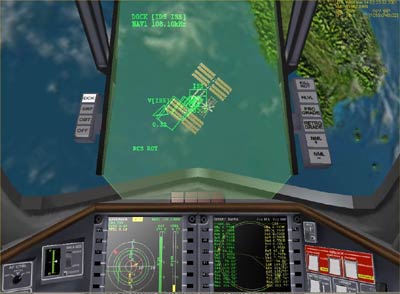Well, this week we're returning to cover some more of the 70s space advocacy developments. Last time (in post 13) we covered the NSO and Carl Sagan, this week let's look in on another major group.
Eyes Turned Skyward, Post 15
Gerard K. O'Neill was perhaps an unlikely prophet to lead what, at times, seemed more of a religious than a technological movement. Known in the scientific community for having invented the colliding-beam particle accelerator in the late 1950s and early 1960s, he had been one of the first applicants for the scientist-astronaut positions opened in the mid-1960s, saying that "to be alive now and not take part in it seemed terribly myopic" when asked why he did so. While he was not accepted as an astronaut candidate, he retained a keen interest in spaceflight after he returned to Princeton. Over several years, as the result of special projects he assigned the freshman students he was teaching, he became convinced that planetary or lunar surfaces were suitable only as resources for a true space society, not (as had generally been envisioned by previous thinkers) as the actual location of settlement. Instead, great stations could house hundreds of thousands or millions of people in comfort, supplied by resources extracted from the Moon or asteroids, with energy provided by the Sun. Over time, he honed these ideas from relatively vague notions to a detailed plan, spelling out how the world could procede to a future of virtually unlimited energy, resources, and living room by utilizing space. In 1974 he finally managed to publish an article spelling out this plan in the magazine *Physics Today*, a few months after an article describing him and his plan had appeared in the *New York Times*.
The response floored him. While he had had enthusiastic reactions to the seminars and talks on the subject he had been giving for several years, those had, by and large, been given to people with a technical education, who might have been expected to be unusually interested in space colonization. Now he was receiving a flood of attention from regular people; from those who, all the studies indicated, were unenthusiastic about or even hostile towards the space program. He quickly had to hire a secretary to deal with the incoming mail, and followed by setting up a mailing list so that his fans could stay informed about what he was doing, which, although he didn't realize it yet, would be the precursor to the Lunar Society. In addition to confirming public interest in the idea, these letters brought two items of information that proved of great import.
First, O'Neill learned of the work of Peter Glaser, who had suggested that it might be possible to build giant solar arrays in space that could beam power down to the ground. Such arrays would be unaffected by weather and would be able to produce power around the clock, in contrast to ground-based arrays, greatly increasing their apparent power output. More importantly, such arrays would necessarily have to be very large to provide useful amounts of power, and could, in large part, be built in space out of space-based materials. Since O'Neill's colonies already required extensive mining efforts on the Moon or in the asteroids for materials, and relied on space-based manufacturing and construction to be economical, it was apparent that such satellites could also be built there, for a potentially substantial and (more importantly) direct and immediate payoff. Almost immediately, the justification for the colonies switched from accommodating Earth's growing population directly to supporting the construction of power satellites.
Second, results from the Apollo 18 flight indicated that the Moon had been volcanic activity relatively recently, and therefore that there were likely lava tubes on the Moon which could be used for initial settlement. A colony could be built in such a tube much more quickly and cheaply than a full space colony could be, while ecological requirements, space manufacturing (particularly using lunar materials), lunar launch systems, space power systems, and other important techniques and technologies could be developed or proved on the Moon before any of the actual space colonies were built. Further, once the lunar colony was constructed, along with a construction station at L-5, it could begin producing segments of the Island One colony and solar power satellites immediately, allowing a more rapid development process and faster payback of initial construction costs. Thus, constructing a proper lunar colony first might better enable the long-term goal of large space colonies.
Together, these concepts increased public interest even further. Now, it looked as though the idea might not be good just for the environment, but for the pocketbook as well, with sales of massive amounts of clean solar energy both undercutting existing utility prices and generating massive profits, while financing colonization of space. Even NASA was affected, with centers from Ames to Kennedy funding small-scale studies of space manufacturing using Skylab data--what could be made, how could it be made, what were the limitations? Robotics, astroculture (high-density agriculture or the sort needed for space colonies), and the problem of cheap lift dominated the studies, with the last proving to be the most persistent and important difficulty. Being able to cheaply lift cargo into space was clearly vital to O'Neill's expansive vision; while he did rely heavily on extraterrestrial resources, many key components and of course most of the initial equipment still needed to be produced on Earth, making the plan dependent on low-cost lift for at least the initial stages.
To O’Neill, it was clear that for his plans to work, cheap lift was the key. With cheap lift, demonstrating astroculture, in-space manufacture, transmitted power, and scouting for good lunar mining and colony sites would become easy. Without it, the venture would be impossible to get off the ground. What was needed was something like the proposed Shuttle that Nixon had killed, a cheap high-flight-rate reusable vehicle to lower the cost of spaceflight. What this required, clearly, was an organization capable of advocating and pushing for such a direction. O’Neill came to believe that his mailing list consisted of just the right people to form such an organization. By mid 1976, the Lunar Society was formed, with the goal of promoting O'Neill's agenda for space by supporting research into the key technologies and pushing NASA and the US government to commit to such a project. To most members, it seemed a natural outgrowth of the agency's station-focus, with retained technologies from the Apollo era allowing some of the more expensive key research areas (related to the exact location and qualities of lunar lava tubes and biomedical results of long-term habitation on the lunar surface) to be conducted relatively inexpensively.


